We choose products for the Food52 shop not only because we're obsessed with them (always) -- most of the time we're just as inspired by the creatives who make them. And we listen up when those makers share their own insight and tips for smarter living.
Today: Gregg and Jackie Moore of Heirloom Home & Studio make garden-inspired ceramics, like this exclusive berry basket-blue tart plate that's debuting on Food52.
In Glenside, Pennsylvania, Gregg and Jackie Moore create ceramics that are inspired by their love of gardening and home-grown food. The newest piece from their company, Heirloom Home & Studio, is this unglazed, nonstick tart plate in the prettiest springtime blue.
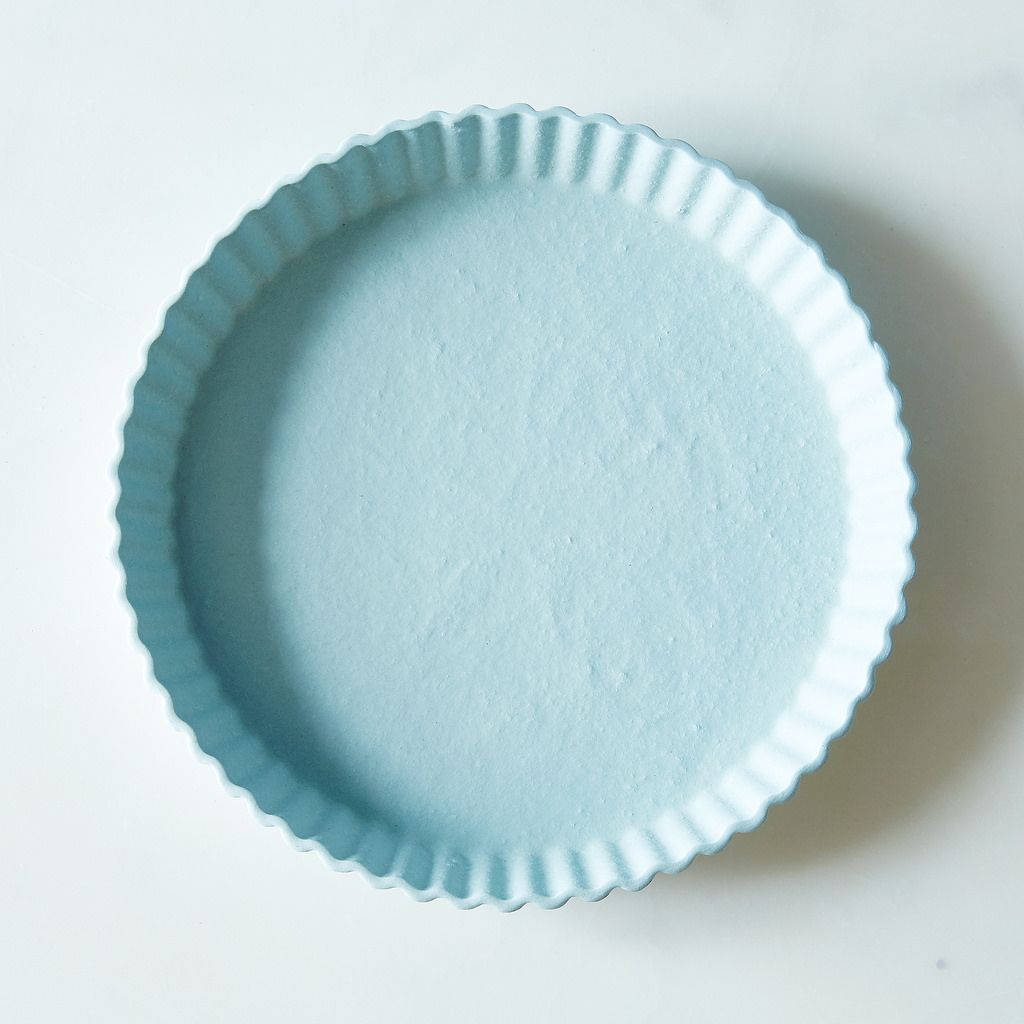
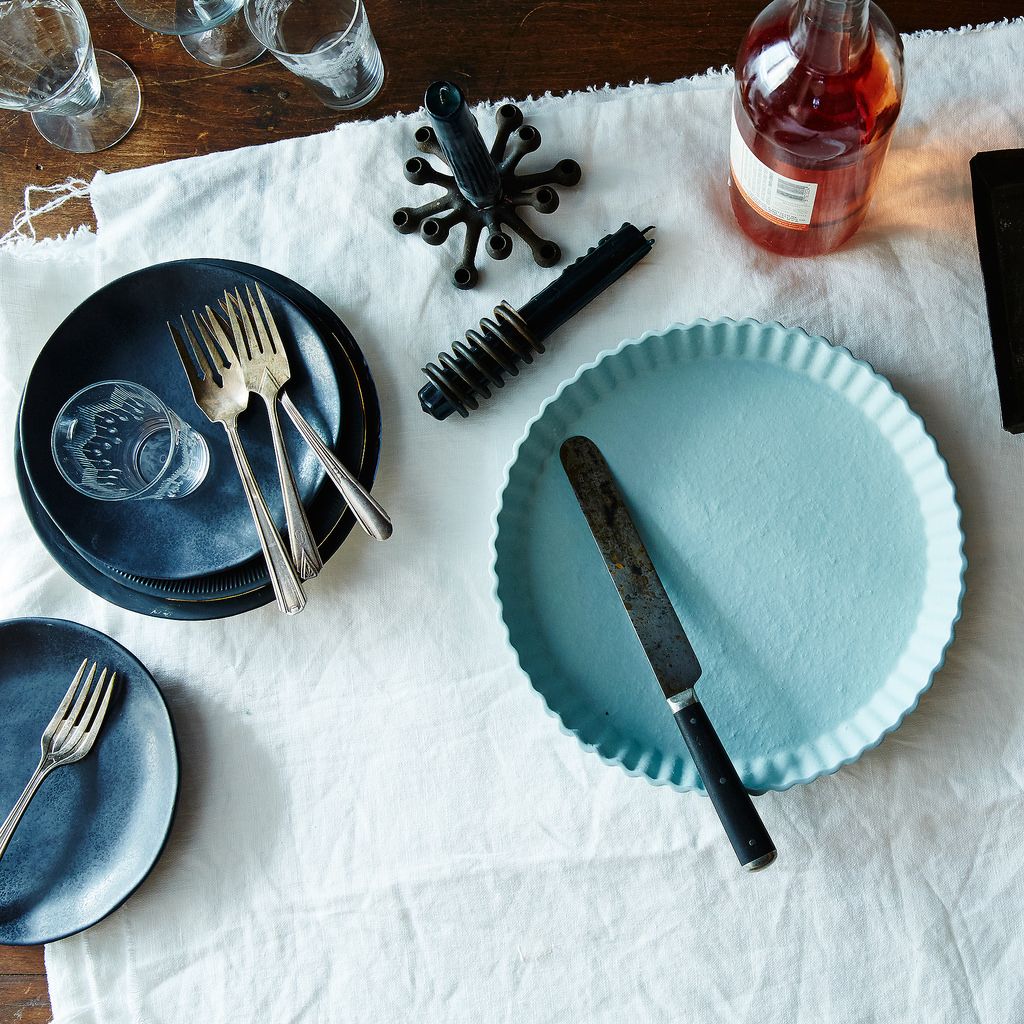
Heirloom Home & Studio's blue-green tart plate is a Food52 exclusive; shop for it here!
What gave you the idea to start making "garden-inspired tableware" and what exactly does that mean?
Our business was born from a love of gardening, design, food, entertaining, and family. As of 2011, Gregg's gardening practice had long been informing his art installations and personal work. We've always had a garden and our children have grown up using it as their playground. While somewhat picky with commercial food items, our kids would eat absolutely anything grown in the garden, from perfectly ripe, juicy tomatoes by the handful to mouthfuls of basil and mint.
For us, this relationship with food (especially home-grown, thoughtfully prepared food) isn't defined by a finite, solitary moment of eating; it begins in the garden. Beyond our individual family, communities were just beginning to truly embrace farm-to-table food, and we realized our desire to bring the farm and garden aesthetic into our everyday and into our home. The Heirloom brand grew out of that idea.
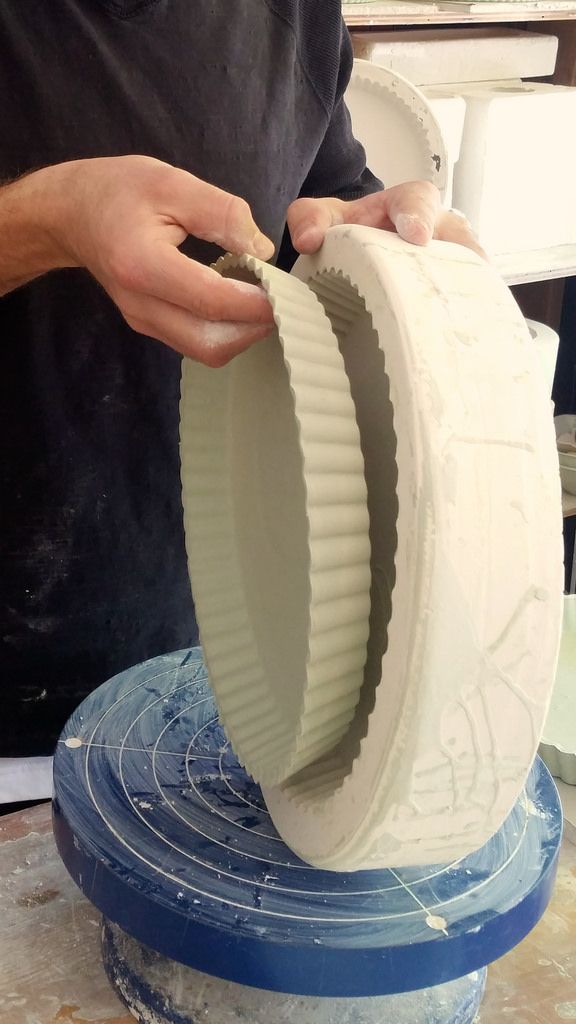
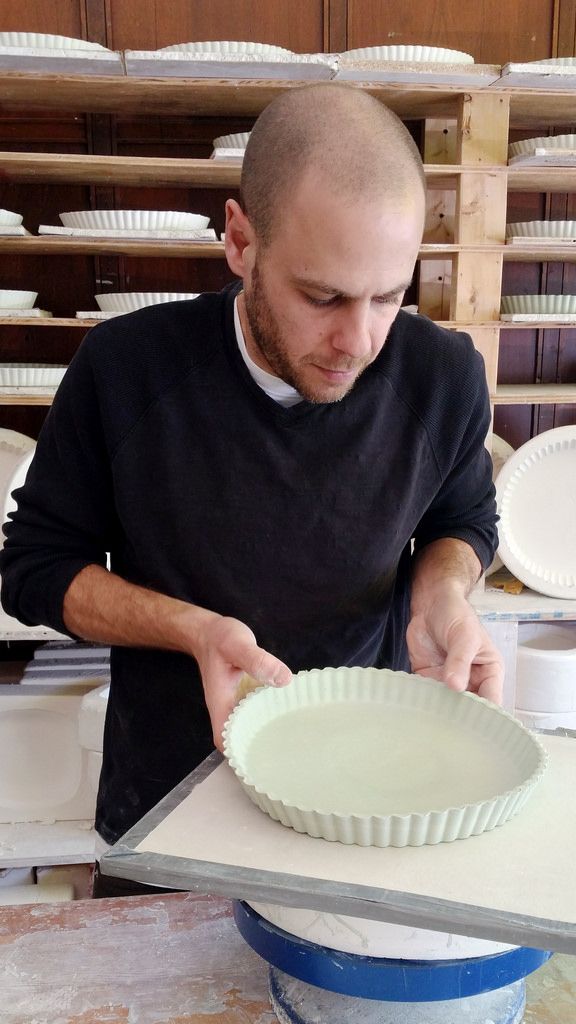
Gregg turns a tart plate out of its mold.
What inspired you to make an unglazed, oven-safe tart plate?
I can't stress enough the importance of our original blue-green berry basket as the genesis of our brand. There isn't an easy way to tell the story of Heirloom Home & Studio, or the story of the tart plate, without it. The porcelain berry basket was our first piece of garden-inspired tableware. We designed it to look and feel as close as possible to the original pressed-paper versions seen at farmers markets. We share a lot of our garden harvest, and we thought it would be the perfect vessel to pass around the community as we gifted home-grown food to friends and neighbors.
Soon we began using our porcelain berry baskets in our garden and home; seeing the porcelain baskets around the kitchen brought the garden indoors, and we saw it as the cornerstone of our future design line. This year, we used the same unique blue-green porcelain recipe to launch our first piece of porcelain bakeware, this tart plate. In season, we use the berry baskets daily to collect fresh blueberries, raspberries, and blackberries, and being somewhat dessert-minded at heart, we knew the next logical step would be evolving our design from berry basket to berry tart plate. We used a vintage tart pan to design the initial basic form; the final design was altered in several ways to achieve our ideal finished product.
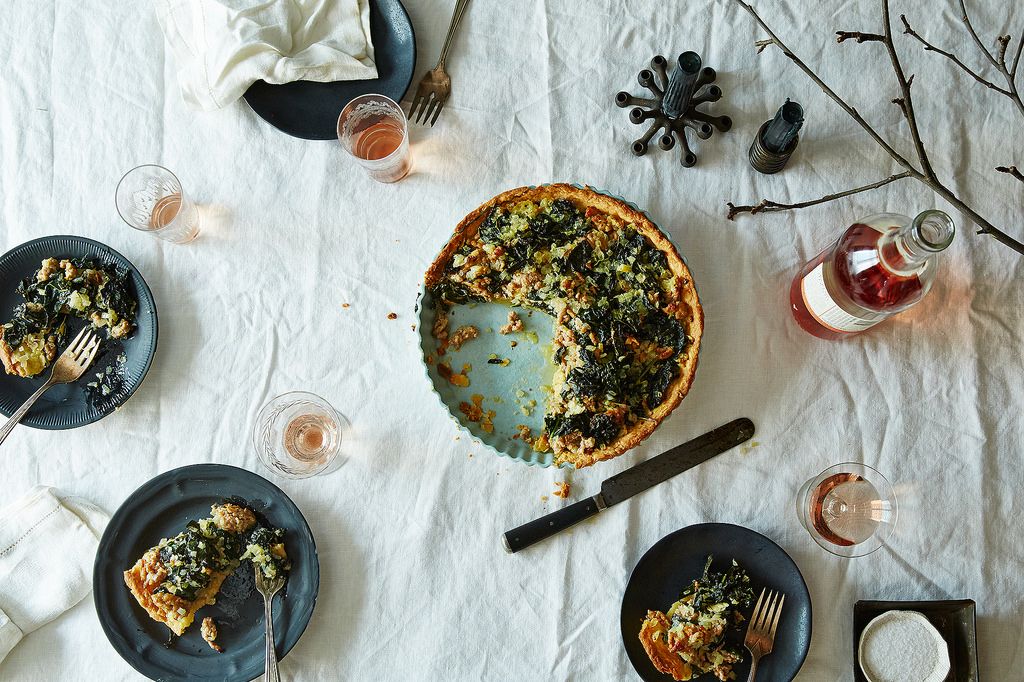
Get the recipe for Sausage and Kale Dinner Tart here.
How did you create an unglazed piece of porcelain that's safe for baking and also nonstick?
Part of what made the tart plate possible, and what we feel sets our ceramic design company apart, is Gregg's level of ceramic expertise. His knowlege allowed us to combine the most refined ceramic processes with a unique porcelain recipe that is durable, non-staining, non-stick, oven-safe, and beautifully designed. (The porcelain recipe has been officially tested by Bureau Veritas, a leader in testing and inspection of consumer goods, which is how we develop our care and handling recommendations. The design passed as food-safe, oven-safe, and dishwasher-safe under their stringent testing guidelines.)
Many of our products are made using a combination of methods, including wheel-throwing, slip-casting, and hand-building. Our tart plate is slip-cast from an original tart pan design. While we generally grease the pan before using it (depending on fat content of recipe), it is naturally non-stick due to its unglazed design. Nearly all bakeware in use today is metal, glass, or glazed stoneware. The surface of these materials is perfectly smooth, which means baked goods stick and hold tight during the baking process.
Because our tart plate has an unglazed, subtle texture to it, tarts, cakes, and pies naturally pull free during the cooling process. We love not having to use Teflon or other engineered non-stick bakeware in our home in order to achieve the "perfectly formed first slice" of a beautiful pie or tart. Easy cleanup is a bonus; the tart plate's sleek design allows it to fit easily in the dishwasher, which is unusual for bakeware.
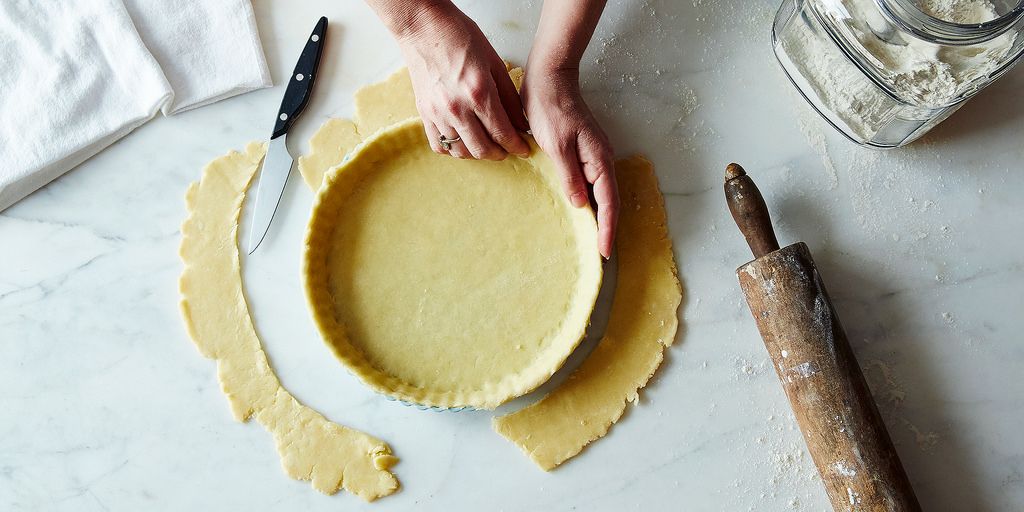
What do you use the tart plate for in your own kitchen?
Our favorite use for the pan is for berry and fruit tarts, but we resisted naming it our "Berry Tart Plate" because it is truly so versatile. It's been a long, cold winter and we've used it often for a gluten-free flourless chocolate cake recipe that we love (it's the perfect recipe to accommodate the various food sensitivities of guests). We also use it for presenting fresh fruit at brunch, as well as just plain whipped cream and strawberries. (It's a great serving piece, even when you're not baking!)
We also do a basic shortbread recipe in the bottom and cover it with strawberries and cream once cool, and we use the plate to reheat roasted vegetables and leftovers in the oven. (We do not own a microwave and expressly recommend that our pieces not be used in the microwave.) The tart plate can be brought right to the table for family-style serving
What distinguishes Heirloom Home & Studio from other ceramicists?
We feel that it's easy to have regrets and disappointments when you are doing something like ceramics that's already been done, because there is always a model for comparison. However, we feel strongly that our philosophy, perspective, interpretation, and craftsmanship are unique and modern in the world of ceramic tableware, and for that reason, we can only ultimately be measured against ourselves. We don't see mistakes or missteps, just forward progression and learning as we aim to build a more cohesive vision for our business. Ceramic-making, by nature, is a practice that demands patience, flexibility, and discipline. Combing those central tenets with a deep passion is, to us, the basic foundation for any aspiring business.
Product photos by James Ransom; Heirloom Studio process photos by Ashley Devitt
See what other Food52 readers are saying.